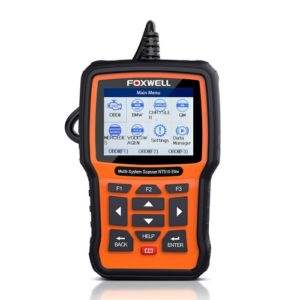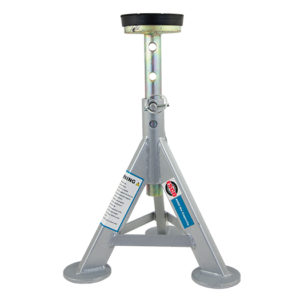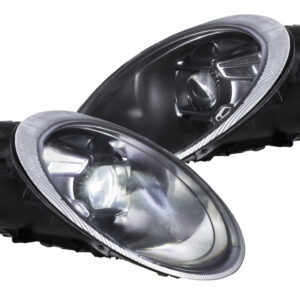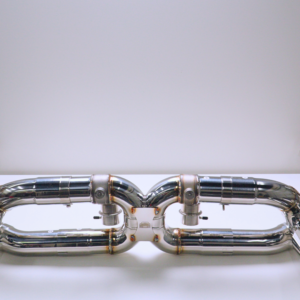Despite being relatively simple, spark plugs play a significant role in any gasoline engine. Their function is to produce a spark at the required time that ignites the air and fuel mixture. All spark plugs, being exposed to extreme pressures and temperatures that occur during engine operation, wear out with time. This can cause poor engine performance, misfire and drop in fuel economy. Also, a worn spark plug can have a larger electrode gap, which requires higher voltage and can lead to premature ignition coil failure.
While changing the spark plugs on your Porsche may be intimidating, it’s actually very straight forward and a great way to save money doing it yourself. Additionally, when changing your spark plugs, be sure to inspect the ignition coils; ignition coils are known to fail and should be treated as wear-and-tear items. To get an overview of the procedure, check out this video from the YouTube channel, streetracesociety. Detailed step-by-step instructions, along with the parts and tools you’ll need, can be found below.
Spark plug: 20 ft-lbs
Ignition coil fastening screw: 8 ft-lbs
Wiring harness fastening screw: 8 ft-lbs
Step 1: Prepare your vehicle and work area
- Since you’ll be working on the engine, perform the spark plug replacement with a cold engine to eliminate the risk of burns.
- Additionally, you do not want to remove or install spark plugs when the engine is hot or you can damage the spark plug threads in the engine.
- Park your vehicle on a flat solid surface.
- Put on eye protection and gloves.
- Gather the required parts and tools.
Step 2: Gain access to the spark plugs on the right-hand side of the vehicle
- Open the hood and remove the black plastic engine cover; pull up the front side of the cover first, then pull up on the backside.
- Locate the ignition coils and the wiring harness that is connected to them; remove the two bolts holding the wiring harness in place by using a E45 (female Torx) socket and ratchet.
- Unclip each wiring harness connector from the ignition coils by depressing the plastic tab on connector and pulling it off the ignition coil.
- Remove the bolts securing the ignition coils using a T30 Torx socket and ratchet.
- Then remove each ignition coil by pulling it upward while wiggling and twisting; be sure to inspect the ignition coils for cracks and replace them if necessary.
Step 3: Replace the spark plugs on the right-hand side of the vehicle
- Using a ratchet, long extension, and a 5/8″ magnetic spark plug socket, remove the old spark plugs.
- If desired, visually inspect each spark plug for contaminants and deposits as shown in this video from Dennis Kirk Inc; the condition of spark plugs can reveal a lot about the engine condition.
- Take extreme caution when installing the new spark plugs to avoid cross threading; use a spark plug installer tool to thread each spark plug by hand.
- After threading the spark plugs into the cylinder head until they’re seated, torque each spark plug to 20 ft-lbs of torque; DO NOT OVER TORQUE THE SPARK PLUGS!
- Reinstall the ignition coils, wiring connectors, and wiring harness; torque the ignition and wiring harness bolts to 8 ft-lbs or just snuggly by hand.
Step 4: Replace the spark plugs on the left-hand side of the vehicle
- On the left-hand side of the vehicle, there is a coolant expansion tank that limits access to the rear spark plugs. Remove the two T30 Torx screws that hold the tank in place; this will allow you to move the tank over just enough to give you access to the ignition coils and spark plugs.
- Remove the ignition coils as you did on the other side; be sure to inspect the ignition coils for cracks and replace them if necessary.
- Remove the old spark plugs; the left-hand side of the engine is tighter to work on, so you’ll need to combine a suitable length extension with up to two universal joints to gain access to the spark plugs.
- Carefully reinstall the new spark plugs and torque them to 20 ft-lbs; DO NOT OVER-TIGHTEN THE SPARK PLUGS.
Step 5: Reinstall everything on the left-hand side of the vehicle
- Reinstall everything in reverse.
- Pop the plastic engine cover back into place.
- Clean up your work area and put away your tools.
- You’re all done!






